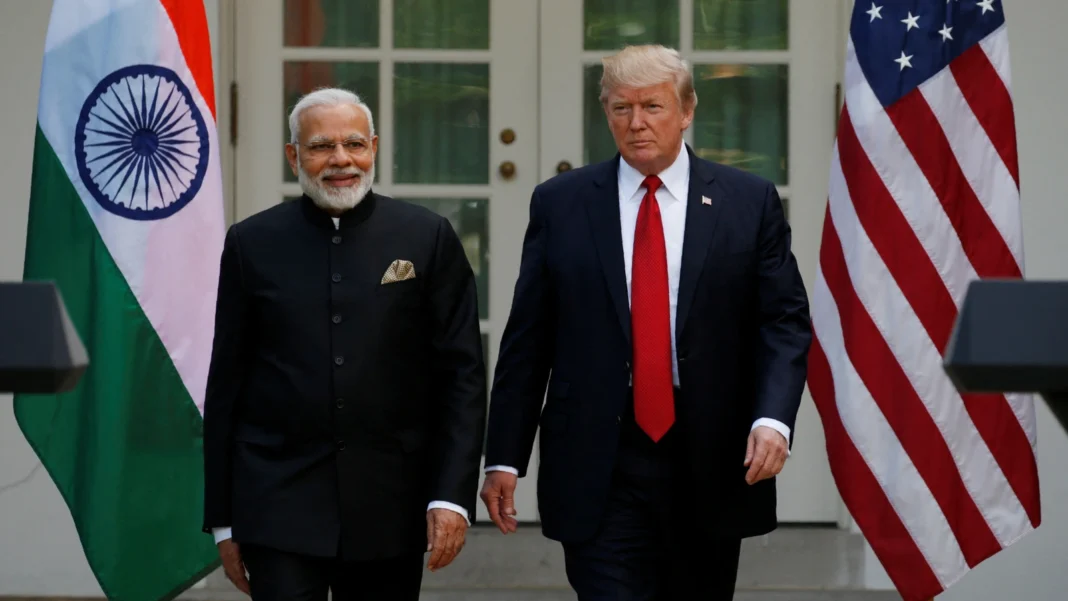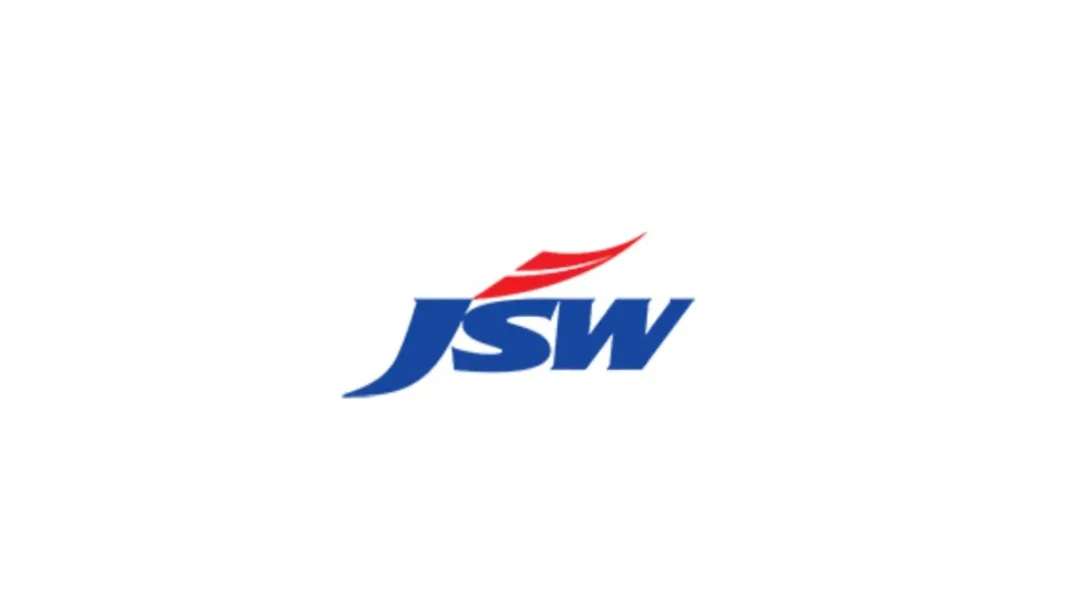The US tariffs Indian diamond industry have delivered a devastating blow to one of India’s most valuable export sectors. In Saurashtra, Gujarat, an estimated 100,000 workers have already lost their jobs as import duties on Indian gems and jewellery shipments to the United States have surged to 50%. The crisis is shaking the global diamond supply chain and creating deep social and economic distress in India’s diamond hubs.
Background: Why the Tariffs Hurt So Much
India is the world’s largest diamond cutting and polishing centre, processing about 90% of the world’s diamonds. The US is its biggest market, accounting for nearly half of total exports.
Earlier this year, the US introduced a 10% tariff on Indian gems and jewellery. Within just a few months, the rate jumped to 25%, and recently to 50%, making Indian exports uncompetitive in the American market. This rapid escalation has left exporters struggling to fulfill orders and retain overseas clients.
Saurashtra’s Diamond Crisis
Saurashtra is a key hub for small and medium-sized diamond polishing units, especially in Bhavnagar, Amreli, and Junagadh districts. Many of these workshops operate on thin margins, paying workers between ₹15,000 and ₹20,000 per month.
With US orders drying up, thousands of polishing machines have fallen silent. Entire workshops have shut down, and the sudden loss of income is forcing many migrant workers to return to rural areas in search of other employment.
Wider Impact Across India
- Surat: The world’s largest diamond polishing city, Surat, employs about one million workers. Reports indicate that more than 50,000 have already been laid off, and many units are running at reduced capacity.
- Jaipur: Rajasthan’s coloured gemstone industry is also affected, as the US is a major buyer of high-value stones from the city.
- Gold and Jewellery Markets: The tariff shock has triggered a surge in gold prices in Gujarat, while jewellery demand in India has slumped.
Industry and Government Response
Diamond industry associations are urging the Indian government to take immediate action, including:
- Opening trade talks with the US to seek tariff relief.
- Providing export incentives to offset losses.
- Offering interest subsidies and faster GST refunds to exporters.
Exporters are also exploring manufacturing bases in the UAE, Mexico, and Dubai to bypass US tariffs, though such shifts take time and investment.
Social and Economic Consequences
The human toll is severe. Rising unemployment has sparked distress migration and, in some tragic cases, worker suicides. Community leaders warn that without urgent support, the crisis could worsen, pushing more families into poverty.
The Road Ahead
Experts believe the only sustainable solution lies in:
- Bilateral negotiations to reduce or remove the tariffs.
- Market diversification to reduce dependence on the US.
- Domestic demand growth to absorb some of the export losses.
However, these changes will take time, and the immediate focus remains on preventing further job losses and business closures.



